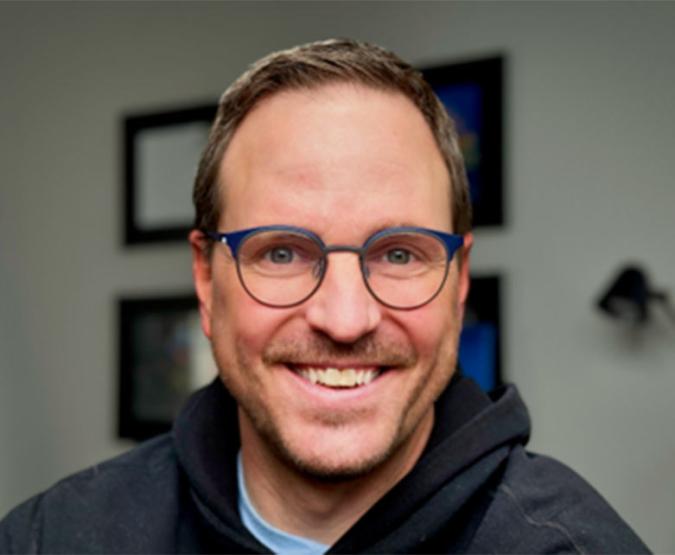Bone conduction hearing: A wide world of options
November 22, 12:00 - 12:45pm
Organized by: Covenant Health Research Centre
Virtual
Audience: General public Healthcare professionals Researchers
Webinar General health Rehabilitation Research
Learn about the current state of bone conduction options, the best treatment practices available today, areas of ongoing research and where bone conduction hearing is likely headed.
Over the past 20 years, there has been a steady increase in awareness of, and treatment options for, people who cannot wear conventional air conduction hearing aids.
The iRSM bone conduction program, housed in the Misericordia Community Hospital, is one of the largest in the world. The field of bone conduction hearing has matured considerably over the past 30 years, from little boxes with trim pots to adjust and the aided audiogram as a primary outcome to vibrators implanted under the skin with objective prescription and verification approaches.
In this talk, we will cover the current state of bone conduction options and best treatment practices available today. We will also cover areas of ongoing research and the future of the field.
About the presenter
Bill Hodgetts, PhD is a professor in the Department of Communication Sciences and Disorders at the University of Alberta. He holds a joint appointment at the Institute for Reconstructive Sciences in Medicine (iRSM) where he is Program Director for audiology and bone conduction amplification (BCA). He obtained his B.A. (Psychology) and M.Sc. (Audiology) from the Western University and his Ph.D. (Rehab Sciences) from the University of Alberta. Bill teaches Audiology/Hearing Science at the U of A. His primary research focuses on the assessment, prescription, verification and validation of bone conduction devices with a goal of improving outcomes for BCA users and transferring knowledge to other clinicians involved in BCA. He also does work to better understand the reasons, psychological considerations and pathways that might lead to better uptake, adherence and outcomes for hearing healthcare.
